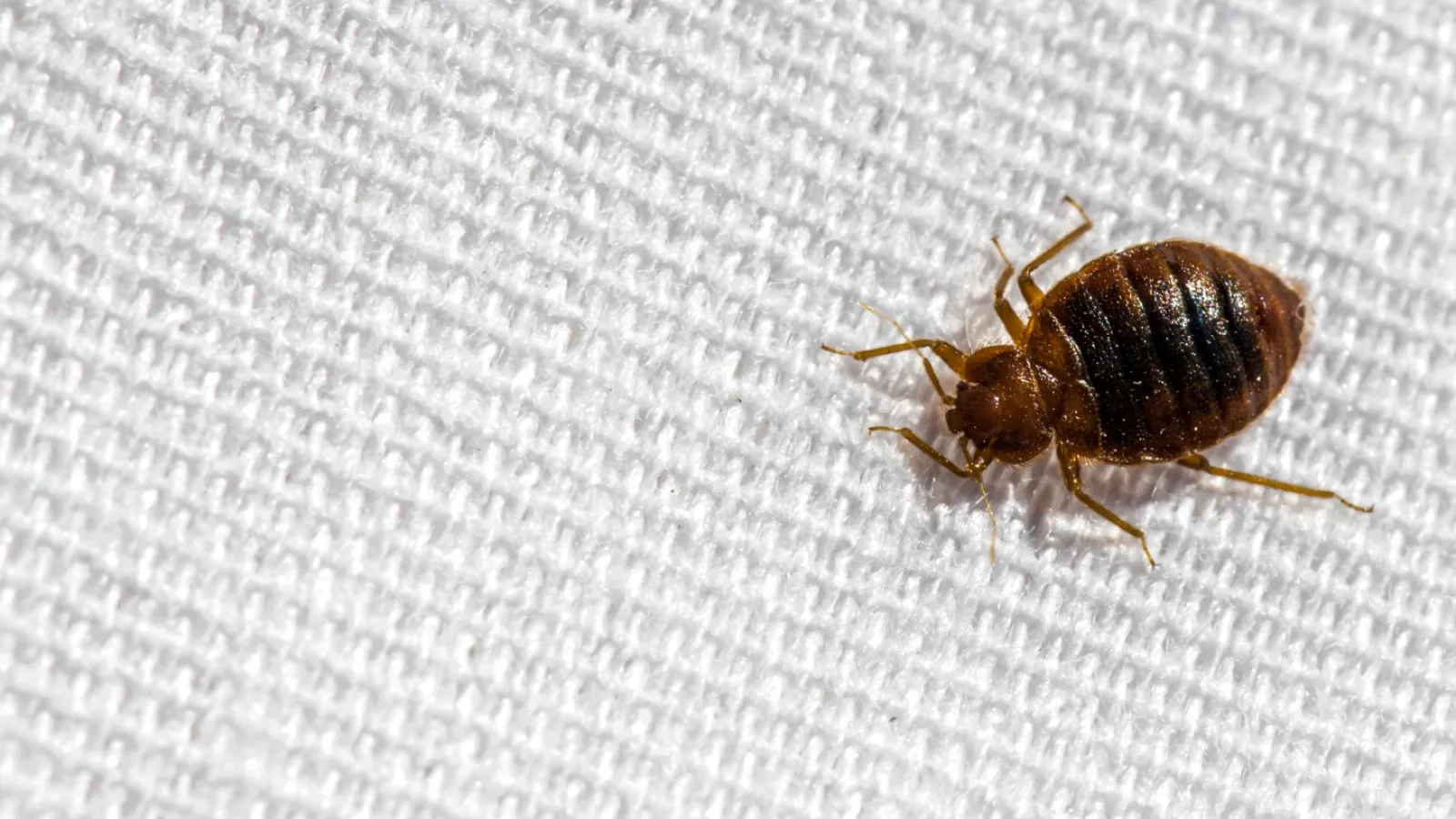
Bed Bugs
Latin Name:
Bed bugs are well-known pests that were a major problem for generations of people long ago. Though many people think that bed bugs are but a nightmare that has long since passed, the rate of bed bug infestation has actually increased exponentially in recent years in proportion with the growing amount of people that travel internationally. Such people spread these tiny pests from one country to another, and the United States is no exception.
Bed bugs are nocturnal and feed exclusively at night. They are hematophagic, feeding on the blood of humans as they sleep. These insects are not inherently dangerous, as there is no recorded case of them spreading infectious disease. However, the swelling and itchiness of a bed bug bite explains their classification as a nuisance pest.
While visible to the naked eye, we encounter bed bugs very little due to our diurnal nature, and an infestation can be difficult to classify. To top it off, these insects often leave no visible evidence of a bite beyond the itchiness, and the bite itself is not perceptible. It is for this reason that a bed bug infestation is often blamed on a completely different species, which is not conducive to effective treatment of the pest.
Bed bugs are often times not harmed by general pesticides that are used for other species of insect. The resistance of bed bugs to common chemicals allows them to thrive in conditions that are unfavorable to virtually any other insect. For this reason, professional pest control services should be sought in order to deal with the problem most efficiently.
To request a free pest inspection, contact Preferred Pest Control today.
